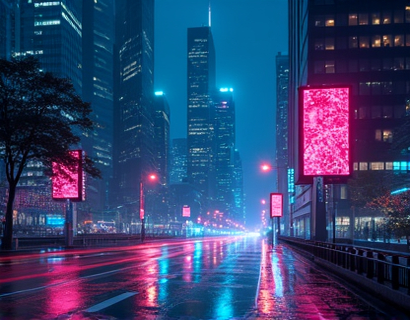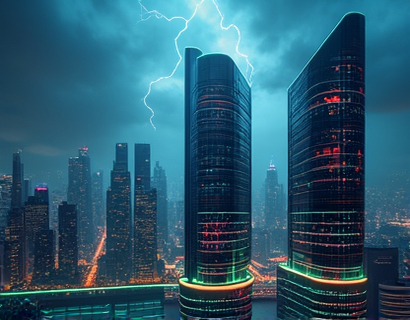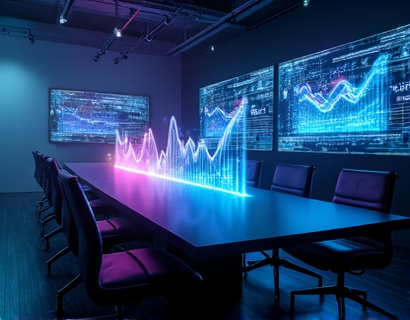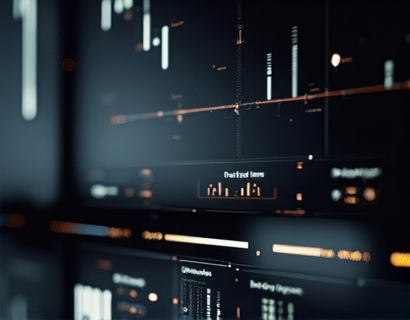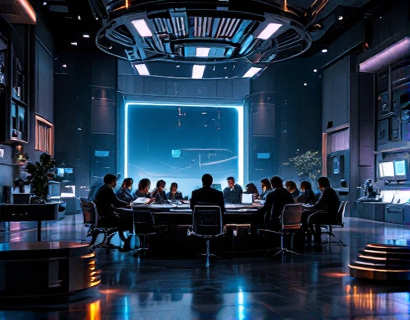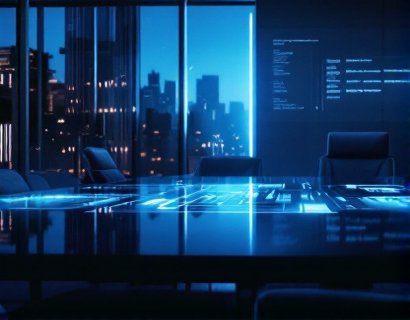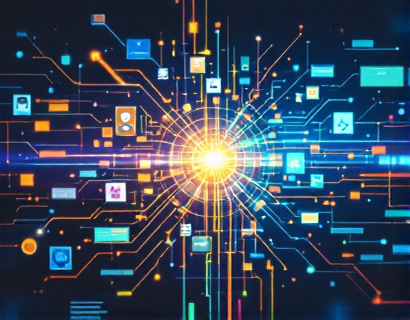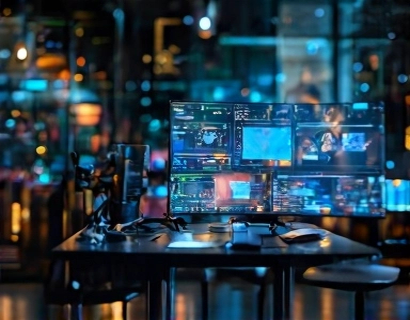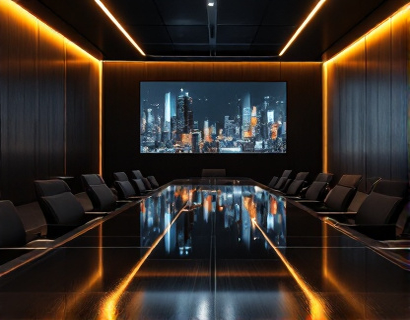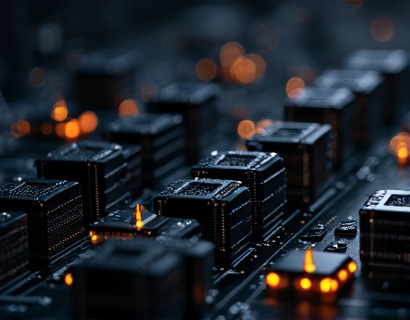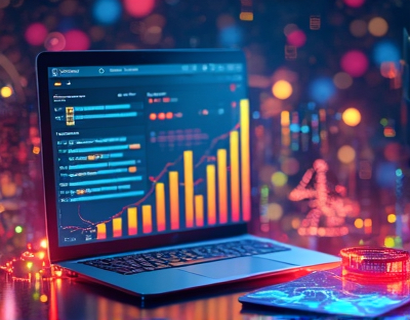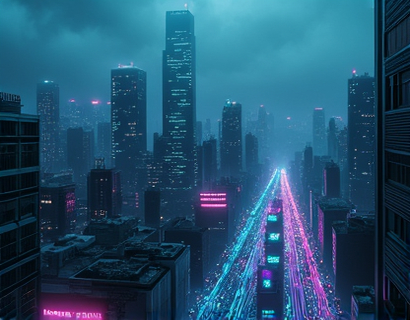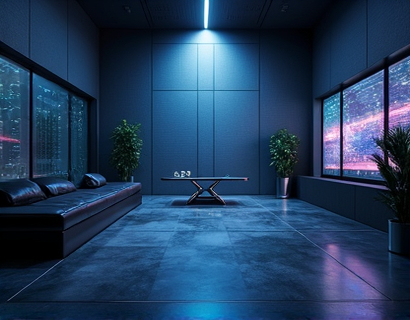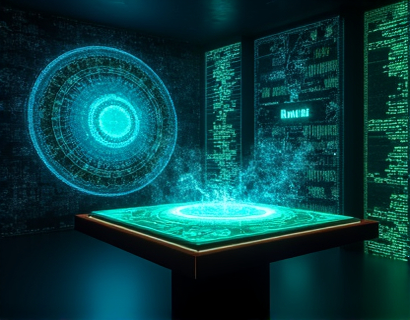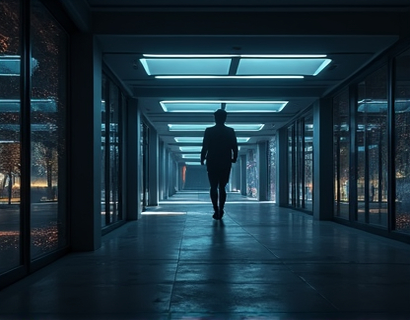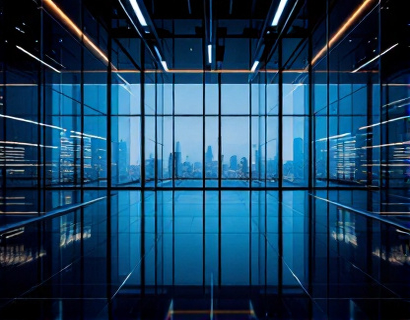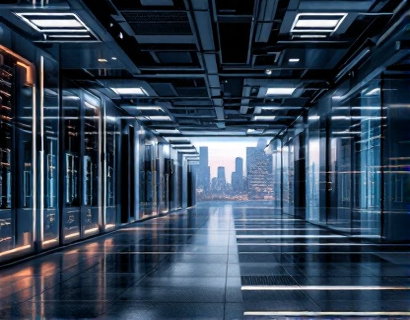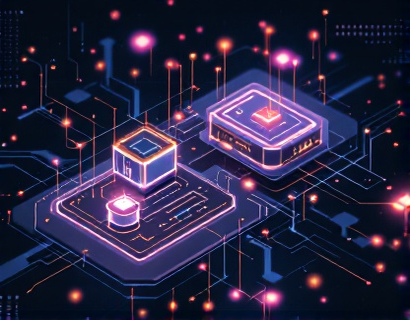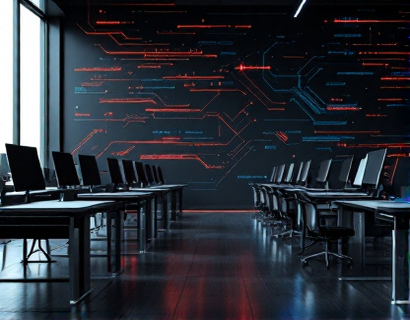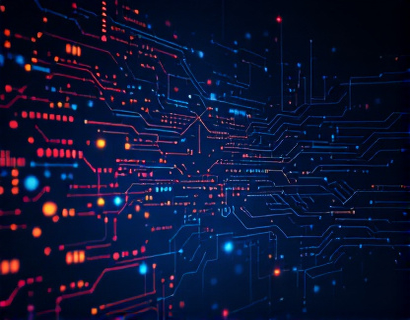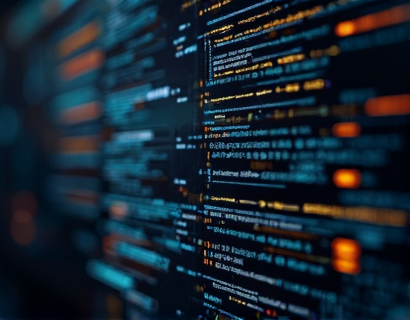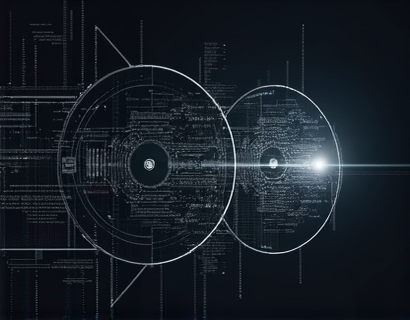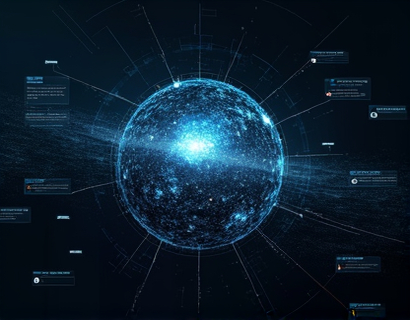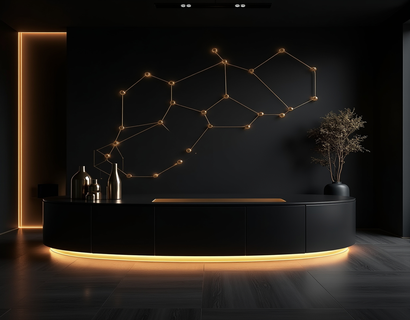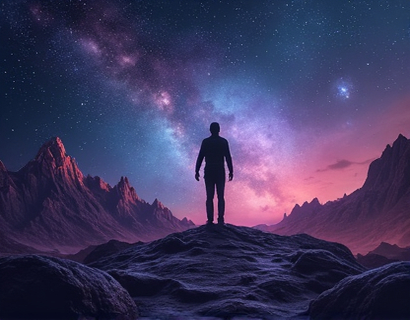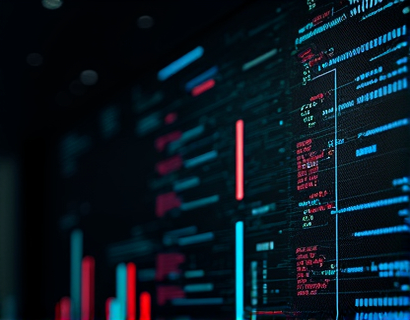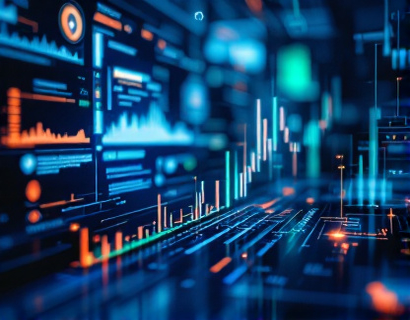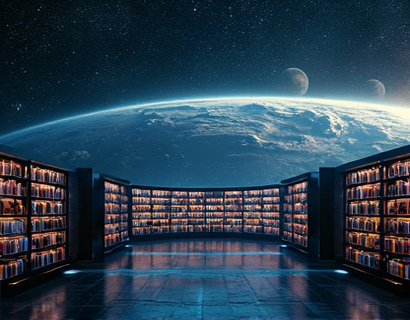AI-Powered Visual Design: Revolutionizing Graphic Creation for Everyone
In recent years, the landscape of graphic design has undergone a significant transformation, thanks to the integration of artificial intelligence (AI) into creative tools. This shift has democratized access to professional-quality visual design, making it possible for a broader audience to create stunning graphics without extensive design expertise. The advent of intelligent online tools powered by AI has opened new avenues for graphic creation, benefiting various professionals and enthusiasts alike.
The Rise of AI in Graphic Design
The incorporation of AI in graphic design is not just a novelty but a game-changer. Traditional graphic design required a deep understanding of design principles, software proficiency, and considerable time investment. AI-powered tools, however, leverage machine learning algorithms to automate and enhance the design process. These tools can generate designs based on user inputs, learn from existing designs, and even suggest improvements, all while adapting to individual styles and preferences.
Accessibility and Democratization
One of the most significant impacts of AI in graphic design is the democratization of the field. Previously, only those with formal training or extensive experience could produce high-quality visual content. Now, with AI-driven tools, individuals from diverse backgrounds—including marketing professionals, small business owners, social media managers, content creators, entrepreneurs, freelancers, educators, non-profit organizations, and creative hobbyists—can create professional-looking graphics. This accessibility breaks down barriers and empowers a wider range of people to express their ideas visually.
Intelligent Design Assistants
AI-powered design assistants act as virtual collaborators, guiding users through the design process. These tools can start a project by suggesting design concepts based on the user's goals and preferences. As the user interacts with the tool, the AI learns and refines its suggestions, ensuring the final product aligns with the user's vision. This collaborative approach not only saves time but also enhances creativity, as users can explore multiple design options and iterate quickly.
Efficiency and Speed
Speed is a critical factor in today's fast-paced digital world, and AI-powered design tools excel in this area. Traditional design methods can be time-consuming, from concept to completion. AI tools, on the other hand, can generate high-quality designs in minutes. This efficiency is particularly beneficial for businesses and individuals who need to produce content rapidly, such as social media posts, email campaigns, and marketing materials. The ability to create visuals quickly without compromising quality is a significant advantage.
Customization and Personalization
AI-powered design tools offer a high degree of customization, allowing users to tailor designs to their specific needs. Users can input their brand colors, logos, and preferred styles, and the AI will generate designs that match these parameters. This level of personalization ensures that the final products are consistent with the user's brand identity and messaging. Additionally, AI can suggest variations and iterations, giving users more options to choose from and ensuring the design stands out.
Enhanced Creativity
Contrary to the fear that AI might replace human creativity, these tools actually enhance the creative process. AI can provide inspiration by generating unique design ideas that users might not have considered. It can also automate repetitive tasks, freeing up time for users to focus on more creative aspects of their projects. This synergy between human creativity and AI-driven suggestions leads to more innovative and compelling designs.
User-Friendly Interfaces
The user interfaces of AI-powered design tools are designed to be intuitive and user-friendly. Even those with minimal design knowledge can navigate these platforms with ease. Drag-and-drop functionality, pre-designed templates, and step-by-step guides make the design process accessible. This ease of use encourages more people to experiment with graphic design, fostering a more creative and visually rich online environment.
Cost-Effectiveness
Traditional graphic design services can be expensive, often out of reach for small businesses and individuals. AI-powered tools offer a cost-effective alternative, providing high-quality design options at a fraction of the cost. This affordability is particularly beneficial for startups and small businesses that need to manage their budgets carefully. The ability to create professional visuals without a hefty price tag is a significant advantage in today's competitive market.
Scalability and Flexibility
AI-powered design tools are highly scalable and flexible, making them suitable for various applications. Whether it's creating a single social media post or a comprehensive brand identity, these tools can handle projects of different scales. The flexibility extends to the types of designs possible, from logos and infographics to web banners and presentations. This versatility ensures that users have the right tools for any creative need.
Continuous Learning and Improvement
One of the most advanced aspects of AI in graphic design is its ability to learn and improve over time. These tools analyze user interactions, design trends, and feedback to refine their algorithms and suggestions. This continuous learning process ensures that the tools become more accurate and efficient, providing better support to users. As more people use these tools, the collective knowledge and data contribute to ongoing improvements, benefiting everyone in the community.
Environmental Impact
The digital nature of AI-powered design tools also has positive environmental implications. Traditional design methods often involve physical materials and printing, which can have a significant environmental footprint. By contrast, digital design reduces the need for paper, ink, and other resources, making it a more sustainable choice. This eco-friendly aspect aligns with the growing emphasis on sustainability in business and personal practices.
Challenges and Considerations
While AI-powered design tools offer numerous benefits, there are also challenges and considerations to keep in mind. One potential issue is the risk of over-reliance on AI, which might stifle the development of traditional design skills. It's essential for users to strike a balance between leveraging AI tools and honing their own creative abilities. Additionally, the quality of AI-generated designs can vary, and users should be discerning in their choices to ensure the final products meet their standards.
Future Prospects
The future of AI in graphic design is promising, with ongoing advancements expected to further enhance the tools and their capabilities. As AI technology continues to evolve, we can anticipate even more sophisticated design assistants, better integration with other creative software, and more intuitive user experiences. The potential for AI to revolutionize not just graphic design but the entire creative industry is vast, opening up new possibilities for innovation and collaboration.
Conclusion
AI-powered visual design tools are transforming the way we create graphics, making high-quality design accessible to everyone. These intelligent online tools empower a diverse range of users, from seasoned professionals to casual hobbyists, to bring their creative ideas to life. By streamlining the design process, enhancing creativity, and offering cost-effective solutions, AI is democratizing graphic design and enriching the digital landscape. As the technology continues to advance, the future of visual creation looks brighter and more inclusive than ever.




